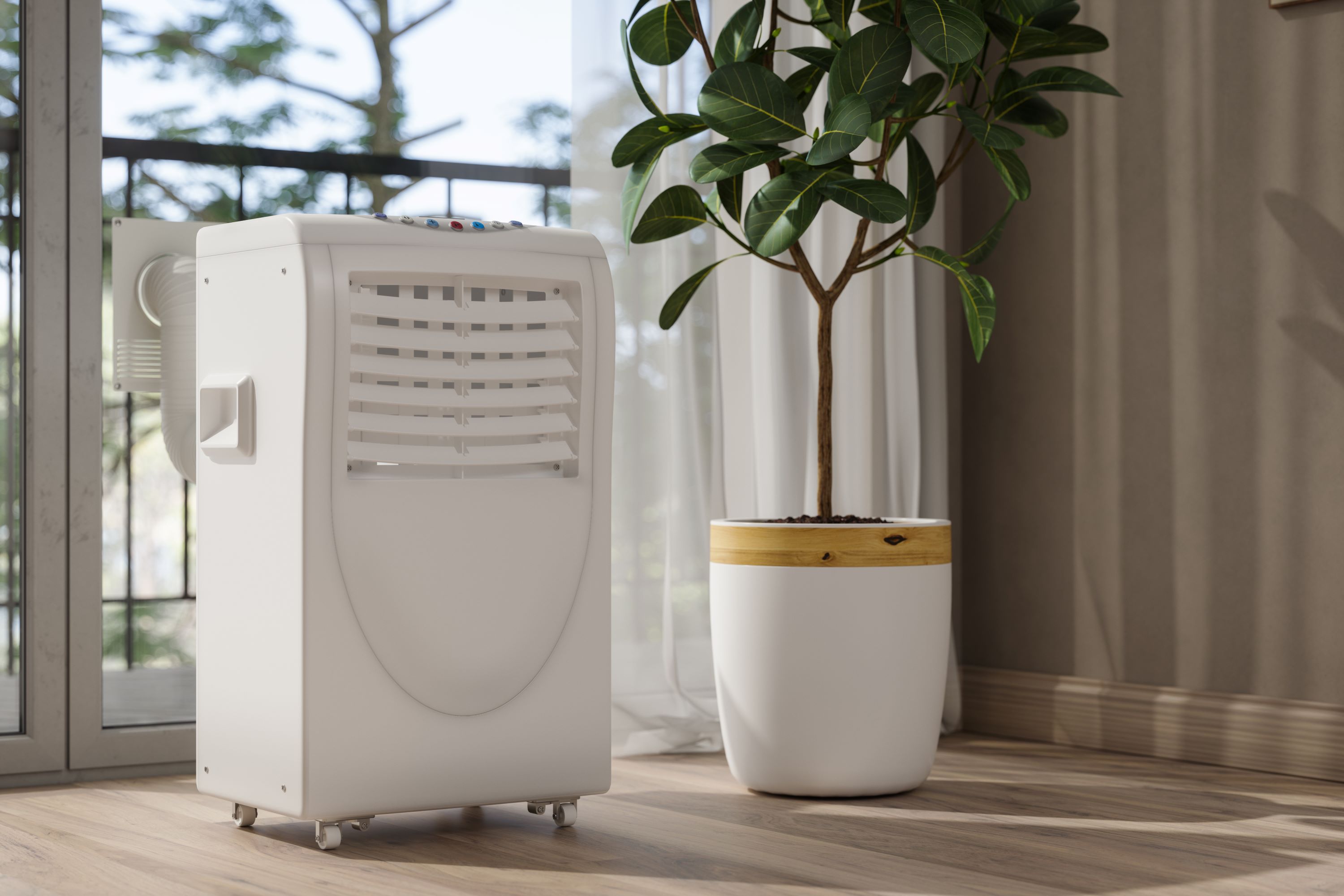
How much does a portable air conditioner cost to run? It's a question many of us will be wondering while blasting your home with cool air this summer.
British homes are generally not designed to cope with heat – we’re normally trying to keep the heat in – but as the mercury soars, you might be using your portable air conditioning unit more often.
And with that comes the question of running costs as well as how much the unit itself will set you back, which you can read more about in our article on the best portable air conditioners.
Here we look at those hourly running costs as well as which portable air conditioners are the cheapest to run and whether having air conditioning properly installed in your home is a better option for your household.
How much does a portable air conditioner cost to run per hour?
To work out the cost of running air con, you need to know how much you pay for one unit of energy (1kw), which should be listed on your energy bill. For many of us, this will be close to the current energy price capped rate of 30p per kWh.
Next, you need to work out the kW output of your unit. You can do this by checking its wattage which can be found on the unit or the instruction leaflet. Once you know the wattage, convert this figure into kilowatt-hours by simply dividing the wattage by 1,000. This will reveal the amount of energy your air con uses per hour.
Andrew Haydon, expert at Simply Plastics, says wattage for a home air conditioning unit is usually between 700 – 1000W.
Bring your dream home to life with expert advice, how to guides and design inspiration. Sign up for our newsletter and get two free tickets to a Homebuilding & Renovating Show near you.
If using the price cap of 30p per kWh for electricity, a 850W unit works out as 26p per hour. When used for 12 hours a day, it would cost approximately £3.06, which would be £281.52 over the course of the summer.
Bear in mind the amount you spend depends on a variety of factors, such as the size and energy efficiency of the room you want to cool, the climate where you live, and when it is turned on.
Dan Moore at PriceYourJob says some air conditioners use a refrigerant and others simply cool air over ice or chilled water.
Those using a refrigerant may use more electricity per hour but are usually more efficient at cooling, so you may not need to run them as long.
He says: “An efficient portable unit with an air flow of around 400m³/h and an 800w power rating should keep a large room cool for around 24p an hour.”
Which portable air conditioners are cheapest to run?
Most air con is evaporative or refrigerant-based. Evaporative cooling is a system that cools your home by taking the warm air from outside and passing it through moisture-laden pads. As the warm air passes through, it evaporates and the cooled air is then distributed throughout the house. This is ideal in hot, dry climates such as Australia but in the UK the humidity levels can be too high.
A refrigerated cooling system works by removing hot air inside a home, uses refrigerant gases to cool the air, and blows back the cooler air into the home.
John-Paul Drake, Energy Expert at Love Energy Savings says: “Evaporative cooling all the way. It is by far the cheaper option; it costs half as much to install, and is over seven times cheaper to run. This is because evaporative cooling systems rely on fans and water pumps, rather than gas and refrigerants.
“Refrigerated cooling offsets its higher running costs by delivering better results. Evaporative systems can also struggle to work well on humid days when there is already a lot of water vapour in the air.”
You can check out evaporative cooling air conditioning systems on Amazon from a range of different prices here.
Would installing air conditioning in my home be cheaper to run?
Installed systems usually comprise an outdoor unit that has a fan in it. The fan is then connected to an indoor unit via two insulated pipes that contain refrigerant.
Simple systems designed for a single-room application will have one outdoor unit and one indoor unit. These are known as single-room air conditioners
John-Paul adds: “Physically installing air con to your home can carry a hefty installation fee, while wall-mounted units also tend to be pricier than their freestanding counterparts, but it is worth it in the long run.”
Homebuilding and Renovating has put together a guide on air conditioning running costs if you are looking for more detailed information.
Sam is based in Coventry and has been a news reporter for nearly 20 years. His work has featured in the Mirror, The Sun, MailOnline, the Independent, and news outlets throughout the world. As a copywriter, he has written for clients as diverse as Saint-Gobain, Michelin, Halfords Autocentre, Great British Heating, and Irwin Industrial Tools. During the pandemic, he converted a van into a mini-camper and is currently planning to convert his shed into an office and Star Wars shrine.

